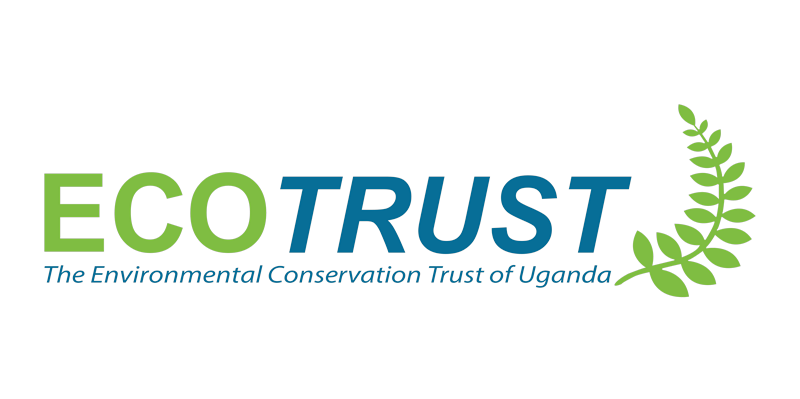Strategic Objective 1
Market-Based Incentives to Promote Smallholder-Led Forest Landscape Restoration (FLR) As a Business (RAAB) Delivered
The overall investment objective under SO1 is to transform smallholder investment horizons from short to long-term, characteristic of reforestation investments. Smallholders typically invest to meet their short-term subsistence needs, finding conventional long-term gestation periods of tree growing unsuitable. The ECOTRUST TGB model provides a payment for environmental services (PES)-based sustainability incentive that motivates smallholders to engage in tree growing as a business. Additional innovative market-based incentives and rewards for environmental outcomes will also be delivered.
ECOTRUST employs a blended financing model (public, private, and internal revenue) to reduce transaction and operational costs, ensuring that only 4 out of every 10 dollars paid by private sector buyers go towards these expenses. As a result, every participating farmer receives 60% of all their carbon payments directly into their accounts. Each farmer contributes 10% to the Community Carbon Fund (CCF), which serves as a self-insurance fund supporting farmers in addressing external shocks and providing start-up grants for multiple forest-based enterprises for sustainable forest management. Blended finance is thus used as a de-risking tool to enhance smallholder participation.
The primary mechanism in SO1 will be scaling out TGB. The TGB model is designed to de-risk smallholder investments, ensuring long-term investments in tree growing. SO1 will support interventions that build the capacity of households, communities, and their natural capital to prevent, mitigate, and cope with risk and recover from climate-induced shocks through four key result areas.


Key Result Area 1
Including voluntary recruitment under TGB, Conservation agreements, outright purchases, and leases. These would we accompanied by intensive baseline surveys, mapping studies, and community engagement and landowners’ engagement models.
Key Result Area 3
Including interventions focusing on designing and delivering sustainability incentive mechanisms rewarding environmental outcomes from various conservation initiatives. Renewable energy and climate smart technology interventions will also fall under this result area
Key Result Area 2
Including Ecosystem-Based Adaptation (EbA), Afforestation, Reforestation, Regeneration, improved forest management, and Ecosystem mitigation interventions. This will include all tree planting interventions either through agroforestry, enrichment planting, boundary planting assisted natural regeneration, and natural regeneration. This will also include wetland restoration. It will include interventions for technically specifying conservation initiatives in line with market standards as well as monitoring, verification, and reporting (MRV) systems for aggregating verifiable emission reductions (VERs). Interventions in this result area will promote the planting of mixed native tree species for enhanced biodiversity.
Key Result Area 4
Including designing forest-based green enterprises for TGB farmer groups to sustain woodlots beyond carbon payments
Featured Projects

AFR100 Restoration Project




Follow Us On